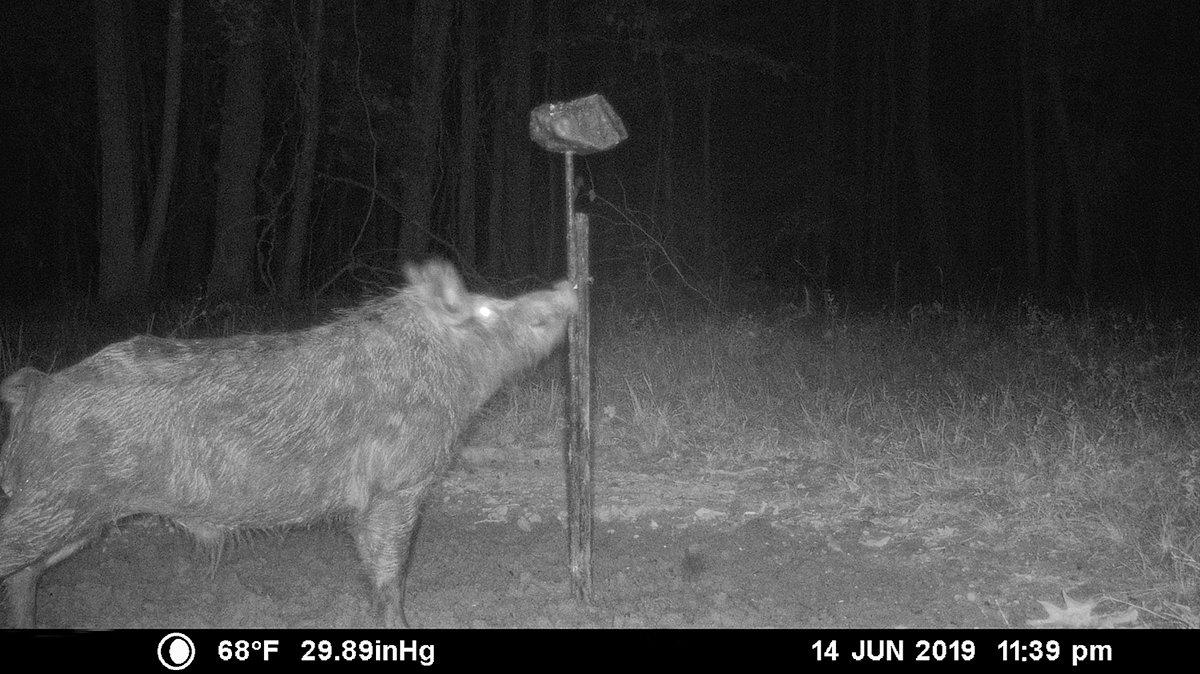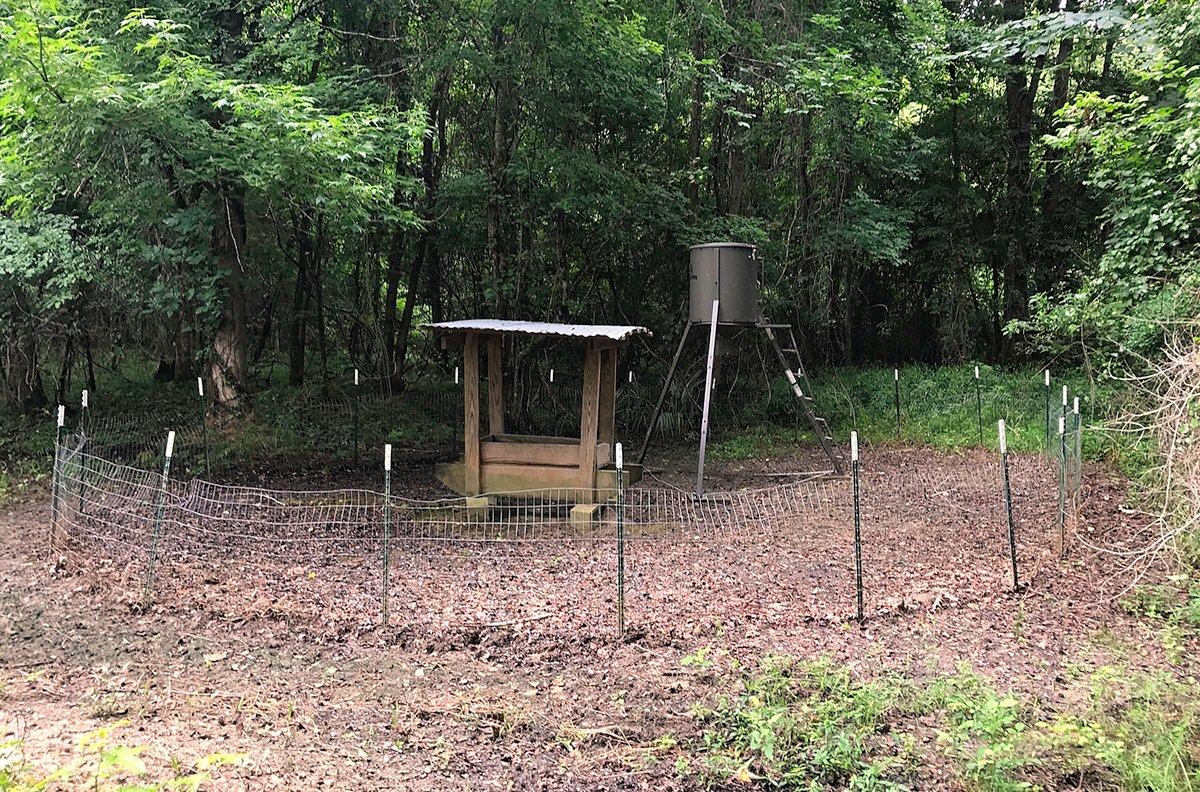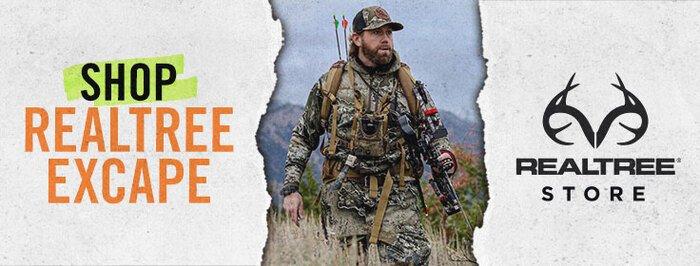Don't feed the pigs. 3 strategies for keeping them off your bait and minerals
Feral hogs have been around for long enough that just about everyone is aware of the destruction they cause. Invasive pigs wreck the land and edge out native wildlife, and the consensus is that total sounder removal is the best way to combat the invasion. But I can tell you from firsthand experience that dealing with feral hogs is not a battle. It's a war. And you have to protect your other investments and assets throughout the conflict.
The problem is that the more you improve your land with food plots and sound management practices benefiting deer, turkeys and other native game, the more attractive it becomes to feral hogs. Our own hog dilemma began over a decade ago and throughout the years, we've had to adapt our management practices.
I can tell you from firsthand experience that dealing with feral hogs is not a battle. It's a war.
We can no longer plant corn, milo or any grain that's beneficial to deer and turkeys. We have shot, trapped and dogged hogs in an effort to eliminate them, yet they keep coming back. Our supplemental feed and mineral programs had to be modified in order to benefit the desirable wildlife without making our pig problem worse.
How did we do that? We've learned that hogs can't jump or climb, and they rarely stand on their hind legs. This weakness in the key. Here are three ways to deliver supplemental feed and minerals to your native wildlife and keep it away from feral hogs.
No. 1: Build a Wall
Establish your feeder or mineral site before building a fence. Use 3-foot-high mesh fencing or, preferably, 4-foot-high hog wire and T-posts to build a fence to encircle your spin feeders or mineral sites. The enclosure should be at least 40 feet across with the feeder in the center. Posts should be no more than 8 feet apart. Construct a small gate to allow access to refill the feeder. Deer, turkeys and other wildlife can easily negotiate the fence, but feral hogs can't.
No. 2: Elevate Mineral Blocks
Drive a T-post in the ground where you want to establish a mineral site. Drive a 1/2-inch piece of rebar in the corner of the T-post, leaving it 6 inches above the post. Secure the two together with wire or clamps. Drill a 5/8-inch hole in a mineral rock or food block. Then, place it on the rebar. The post keeps the block from sliding to the ground and out of reach of feral hogs.
No. 3: Use Gravity-Flow Tube Feeders
Tube feeders keep feed out of reach of hogs but available to deer. Protein feed or corn can be used in this type of feeder, and the design keeps hogs from using it. Brace the legs of the feeder with T-posts to prevent hogs from knocking it down.
While helpful, these solutions aren't a silver bullet, and they won't prevent pigs from attempted raids on your bait sites. They'll still be attracted to them, but at least they'll have a tougher time stealing so much of your expensive feed and minerals.
Don't Miss: You've Got Hogs on Your Place. Now What?
Check out more stories, videos and educational how-to's on land management.









